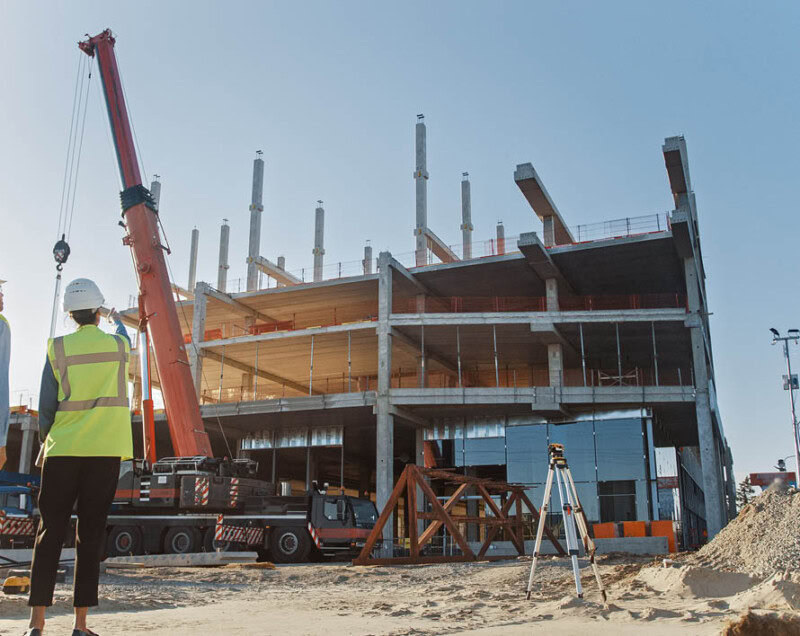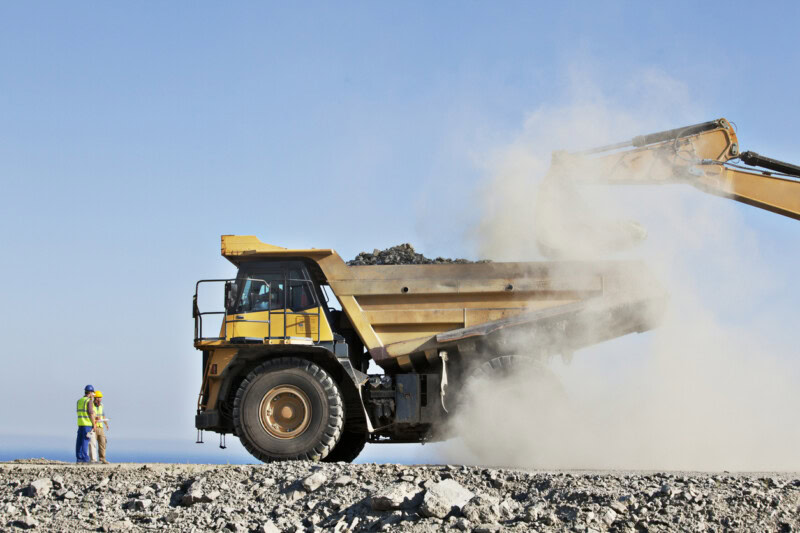Last week the Pennsylvania Department of Environmental Protection (DEP) has released updates to their Environmental Justice (EJ) policy.
At a glance, the interim policy updates are intended to facilitate environmental justice across the state and to ensure equity in the enforcement of environmental regulations in Pennsylvania. These interim updates outline measures the Pennsylvania DEP will take to educate, engage, and empower Pennsylvanians living in communities with disproportionate environmental impacts. Pennsylvania DEP reports the interim EJ policy updates are expected to go into effect on September 16, 2023, with a public comment period following. The final EJ policy is expected to go into effect sometime in 2024. The updates to the interim EJ policy are as follows:
- Permit applicants should use the PennEnviroScreen tool. If a project is proposed in an environmental justice Area as defined by the new PennEnviroScreen mapping tool, the applicant should indicate the Area of Concern and provide a short description of anticipated direct and indirect environmental impacts from the operations.
- Companies are required to conduct public outreach to communities before and during any permitting process if operating in an EJ area. Public outreach should include the opportunity for participation from all residents of the Area of Concern and the census block group(s) determined to be an environmental justice community. Some examples of participation include notice of permit application, one or more public hearings, opportunity to comment on permit application, or other forms of Enhanced Public Participation defined in full here. Public outreach must also meet the requirements of the Language Access Plan that ensures equitable communication to all communities participating.
- Communities not identified as an EJ Area may request that the Pennsylvania DEP make the company follow the same public outreach process as above.
- Pennsylvania DEP inspections are prioritized for companies that are in EJ areas. When DEP does not have resources to address all inspections they face at the same time, inspections in EJ Areas may be prioritized. Additionally, in cases where DEP has resources to conduct inspections beyond those required, EJ Areas may be prioritized again.
- Penalty amounts for violations in an EJ Area may be factored differently. The update states, “DEP interprets impacts to the environment or the public health and safety at an EJ Area to be a relevant factor in the calculation of a penalty amount for a violation and may include a dollar figure in the penalty amount for such a violation provided there is adequate evidence to support a factual finding that the violation caused the harm and the penalty amount fits within the statutory limits.”
- 25% of the penalty will be directed to be spent by the municipality in the EJ Area for improvement. The DEP encourages such funds to be applied to projects that directly benefit EJ Areas, however, the true use of the penalty money is up to the discretion of the municipality.
This update comes on the heels of the recent release of several studies conducted by the University of Pittsburgh and the Pennsylvania Dept of Health that point to negative health impacts attributed to the oil and gas industry. These studies explored relationships between unconventional natural gas developments and asthma, childhood cancers, and adverse birth outcomes. Their results are summarized as follows:
- 4-5x greater chance of an asthma attack
- 5-7x greater chance of children developing lymphoma when living within 1 mile of a well
- Small effect on fetal growth due to proximity to wells
The combination of the new Pennsylvania DEP EJ policy changes and the PennEnviroScreen, which will be used conjointly in the administration and discussion of EJ in Pennsylvania, ushers in a new and extensive focus on state-level environmental justice for the Keystone State.
Policies and programs such as those announced by Pennsylvania are in line with the growing state-led environmental justice movement across the United States. With the lack of overarching Federal criteria, EJ assessments and impacts to permitting, construction, and environmental impacts will become significantly more complex for operators across the country, especially those with facilities in multiple state jurisdictions. The CTEH Applied Public Health team, comprised of PhD toxicologists and health and data scientists, are monitoring and mapping the EJ landscape across the country. Our experts are engaged and ready to help you navigate these issues and reduce likelihood of business interruptions.




